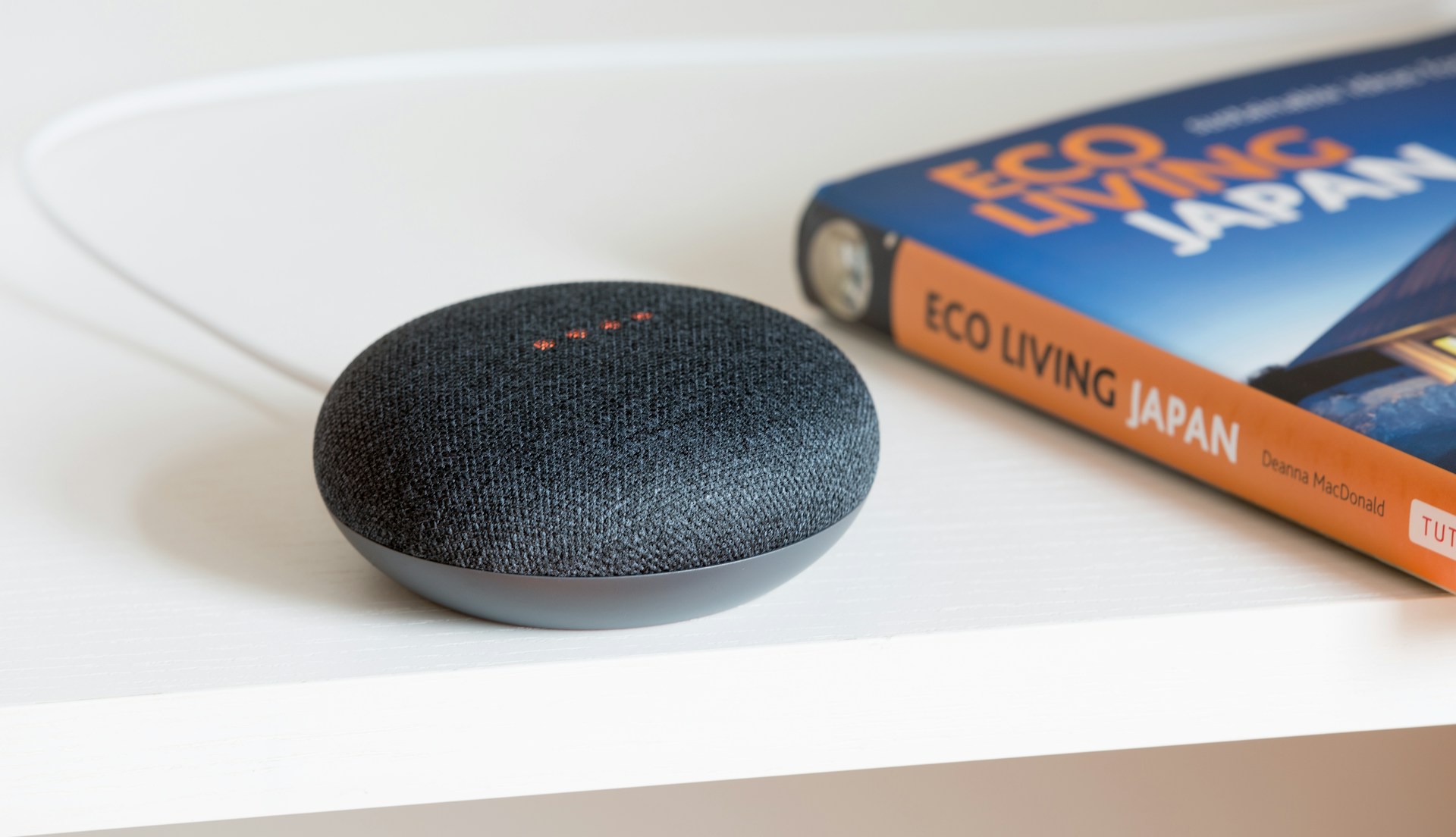JavaScript and the Internet of Things (IoT): Building Smart Devices
 Probir Sarkar
Probir Sarkar
The Internet of Things (IoT) represents a network of interconnected devices that communicate and exchange data to perform a variety of functions, enhancing our daily lives. JavaScript, with its versatility and ease of use, has emerged as a key language in the IoT landscape, enabling developers to build and manage smart devices efficiently. This blog explores the role of JavaScript in IoT and how it's used to create innovative and intelligent devices.
Why JavaScript for IoT?
JavaScript offers several advantages that make it an ideal choice for IoT development:
Event-Driven Architecture: JavaScript's event-driven nature aligns well with the asynchronous operations of IoT devices, handling events such as sensor data collection and actuator commands efficiently.
Cross-Platform Compatibility: JavaScript can run on various platforms and environments, from browsers to servers and embedded devices, providing a consistent development experience.
Vast Ecosystem: The rich ecosystem of JavaScript libraries and frameworks simplifies the development of IoT applications, offering pre-built solutions for common tasks.
Community Support: A large, active community ensures continuous improvement and provides abundant resources for learning and troubleshooting.
Key JavaScript Frameworks and Libraries for IoT
| Framework/Library | Description |
| Node.js | A runtime environment that allows JavaScript to run on the server, making it suitable for IoT gateways and data processing. |
| Johnny-Five | A JavaScript library that provides a robust framework for controlling hardware through various IoT platforms and microcontrollers. |
| Cylon.js | A JavaScript framework for robotics, drones, and IoT, enabling developers to write code for multiple hardware devices. |
| Node-RED | A visual programming tool built on Node.js, ideal for wiring together IoT devices, APIs, and online services. |
Building Smart Devices with JavaScript
1. Collecting Data from Sensors
IoT devices often rely on sensors to collect data from the environment. JavaScript, with libraries like Johnny-Five, enables developers to interface with a wide range of sensors, including temperature, humidity, and motion sensors. This data can be processed in real-time to trigger actions or be sent to a server for further analysis.
Example: Temperature Sensor
const five = require("johnny-five");
const board = new five.Board();
board.on("ready", () => {
const temperature = new five.Thermometer({
controller: "LM35",
pin: "A0"
});
temperature.on("data", function() {
console.log(`Temperature: ${this.celsius}°C`);
});
});
2. Controlling Actuators
Actuators perform actions based on the data received from sensors. JavaScript can control actuators like motors, lights, and servos, allowing for automation and interaction with the physical world.
Example: Controlling an LED
const five = require("johnny-five");
const board = new five.Board();
board.on("ready", () => {
const led = new five.Led(13);
led.blink(500); // Blink the LED every 500ms
});
3. Communicating with IoT Devices
JavaScript, particularly with Node.js, facilitates communication between IoT devices and servers through protocols like MQTT and HTTP. This communication is crucial for transmitting sensor data, receiving commands, and integrating with cloud services.
Example: MQTT Communication
const mqtt = require("mqtt");
const client = mqtt.connect('mqtt://broker.hivemq.com');
client.on('connect', () => {
console.log('Connected to MQTT broker');
client.subscribe('sensor/data');
client.publish('sensor/data', 'Hello from JavaScript');
});
client.on('message', (topic, message) => {
console.log(`Received message: ${message.toString()} on topic: ${topic}`);
});
The Future of JavaScript in IoT
The role of JavaScript in IoT is set to expand with advancements in technologies and increased adoption of smart devices. Key trends include:
Edge Computing: Processing data at the edge of the network reduces latency and improves efficiency. JavaScript, with Node.js, is well-suited for edge computing environments.
AI and Machine Learning: Integrating AI and machine learning capabilities into IoT devices allows for smarter and more autonomous systems. JavaScript libraries like TensorFlow.js enable on-device machine learning.
Security Enhancements: As IoT deployments grow, ensuring the security of devices and data becomes paramount. JavaScript frameworks will continue to evolve with a focus on robust security practices.
Conclusion
JavaScript has become a powerful tool in the development of IoT solutions, enabling the creation of smart devices that can collect data, perform actions, and communicate effectively. Its versatility, combined with a vast ecosystem of libraries and frameworks, makes JavaScript an ideal choice for building innovative and intelligent IoT applications. As the IoT landscape continues to evolve, JavaScript will play a crucial role in shaping the future of smart devices and connected systems.
Subscribe to my newsletter
Read articles from Probir Sarkar directly inside your inbox. Subscribe to the newsletter, and don't miss out.
Written by

Probir Sarkar
Probir Sarkar
I am a full-stack developer passionate about building scalable and performant web applications using the MERN stack (MongoDB, Express, React and Node.js). I have experience in developing and deploying web applications using these technologies, as well as integrating them with other APIs and services.